In this excerpt, Solís discusses what she believes is the legacy of Celedonio Molinar, renowned Major Devil in the Congo tradition of Portobelo, Panama.
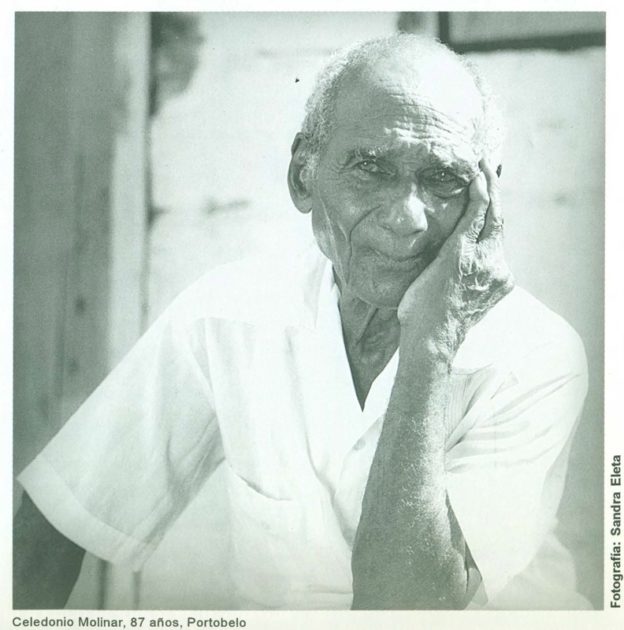


In this excerpt, Solís discusses what she believes is the legacy of Celedonio Molinar, renowned Major Devil in the Congo tradition of Portobelo, Panama.
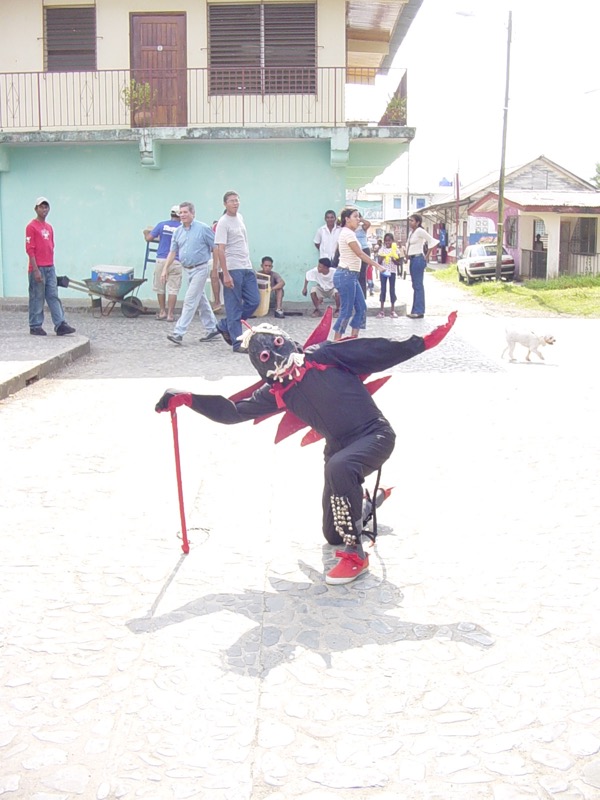
In this excerpt, Molinar discusses how he came to play the role of Major Devil in Portobelo. And how he reintroduced the practice of “Blessing” or “Baptizing” the Devil.
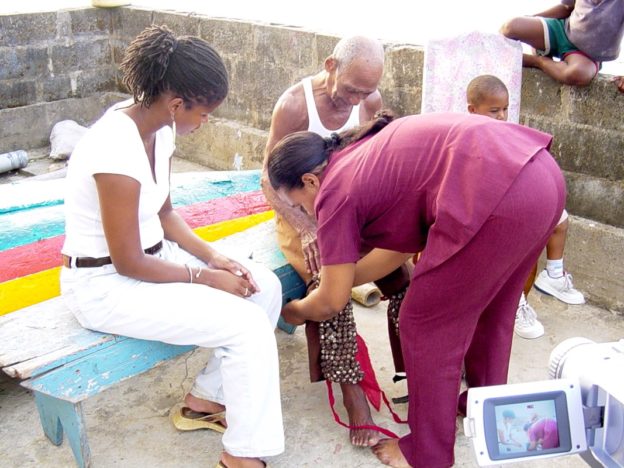
In this excerpt, Molinar discusses how he learned the role of Major Devil and the tradition of “Blessing the Devil” from a Portobelo native named Viudo Ceballos who had moved to Nombre de Dios. He also describes the way the devil tradition was practiced in Portobelo when he arrived there in 1945.
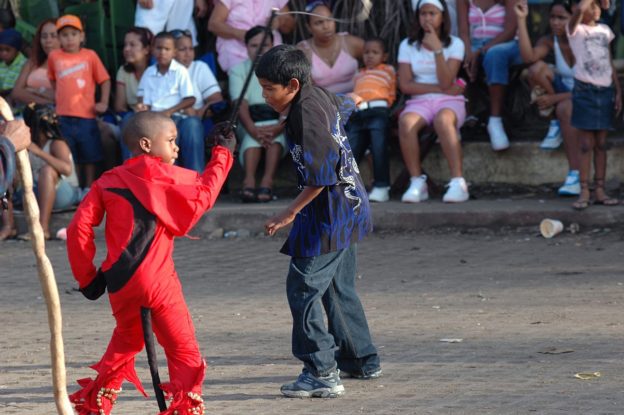
In this excerpt, Molinar discusses the process by which the Major Devil is chosen and trained for the role. He also clarifies that he ascended to the role of Major Devil in Nombre de Dios and arrived in Portobelo with the experience and title to play the role.
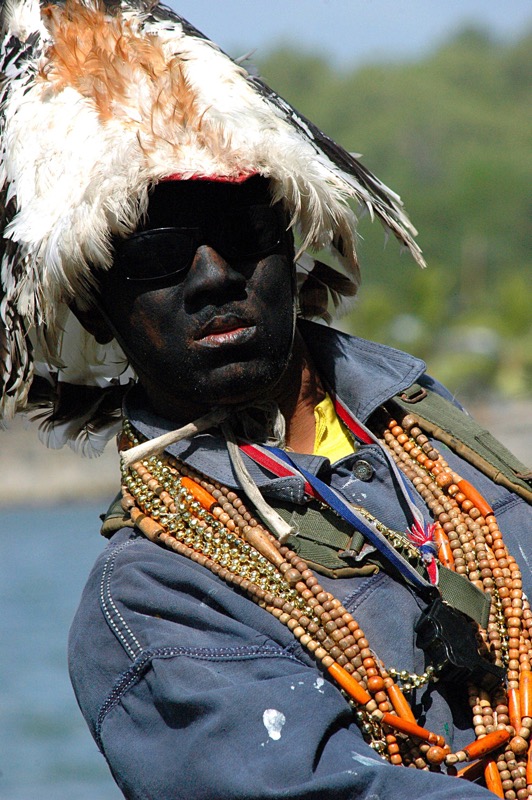
In this excerpt, Jiménez talks about the participation of other family members in the Congo tradition, including an older brother who has performed the role of Pajarito and a younger brother who has performed the role of devil. His father, Andrés, also performed in the role of priest in the Congo tradition and, like him, was trained in his role by Celedonio Molinar.
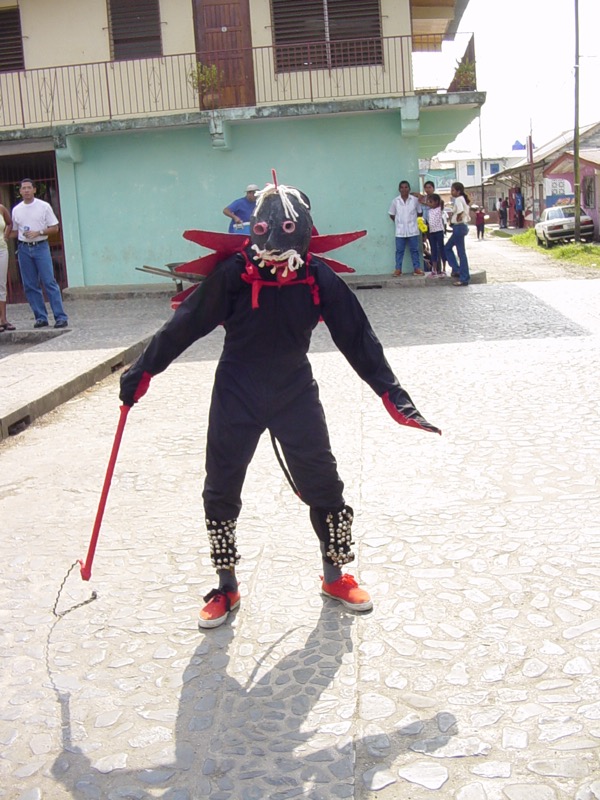
In this short excerpt, Molinar discusses his choice to come out as Major Devil each year even after training others to do so.
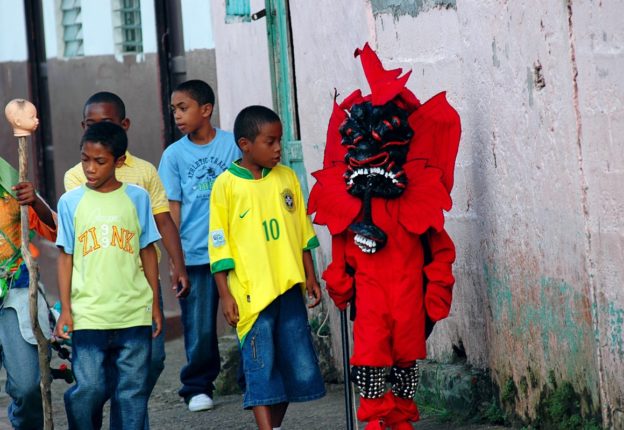
In this excerpt, Jiménez discuses the ways in which the 20th century notion of the devil character in the Congo tradition of Panama was “born” in Portobelo and discusses the ways in which his mentor in the tradition, Celedonio Molinar, brought back the practice of “Blessing the Devils.”

In this excerpt, Molinar explains the “pujido,” a sound that the devils within the Congo tradition of Panama make that is a part of their embodiment of the character. The literal translation of the word is “grunt,” but the effect is more than that. The sound amplifies internal energy and is done in response to both internal desires and external stimuli.
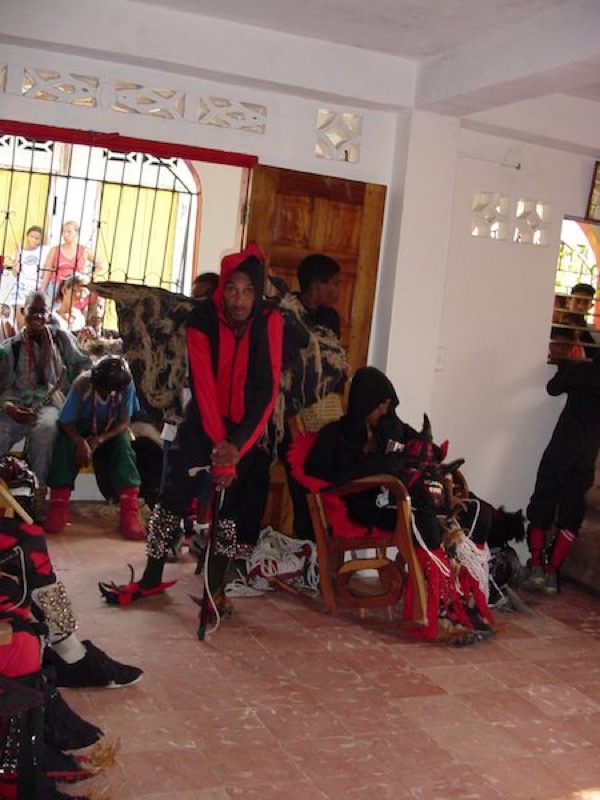
In this excerpt, Jiménez discusses how he began to play the role of the Major Devil character in the Congo tradition of Portobelo, Panama when Carlos Chavarria took a sabbatical from the role to study abroad in Russia.
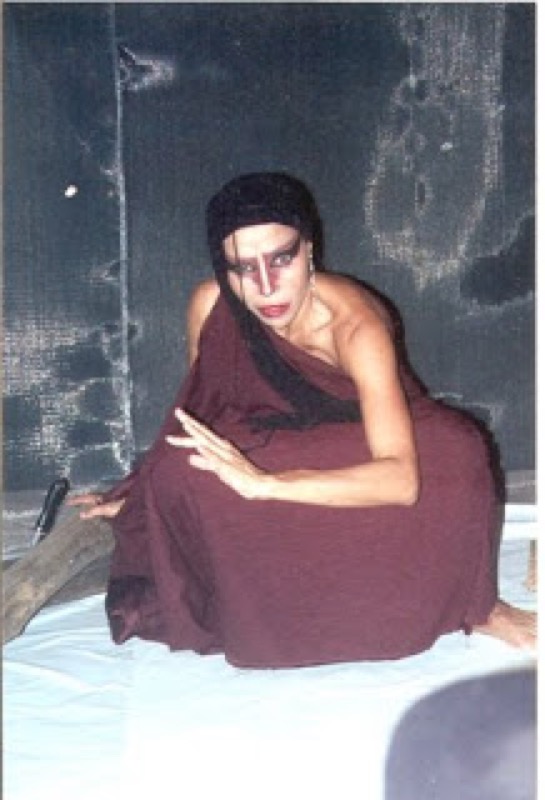
In this excerpt, Solís discusses her philosophy of art and the power of community theater as a communicative tool. She is committed to theater that energizes, surprises, engages, and maintains the ability to engender change.